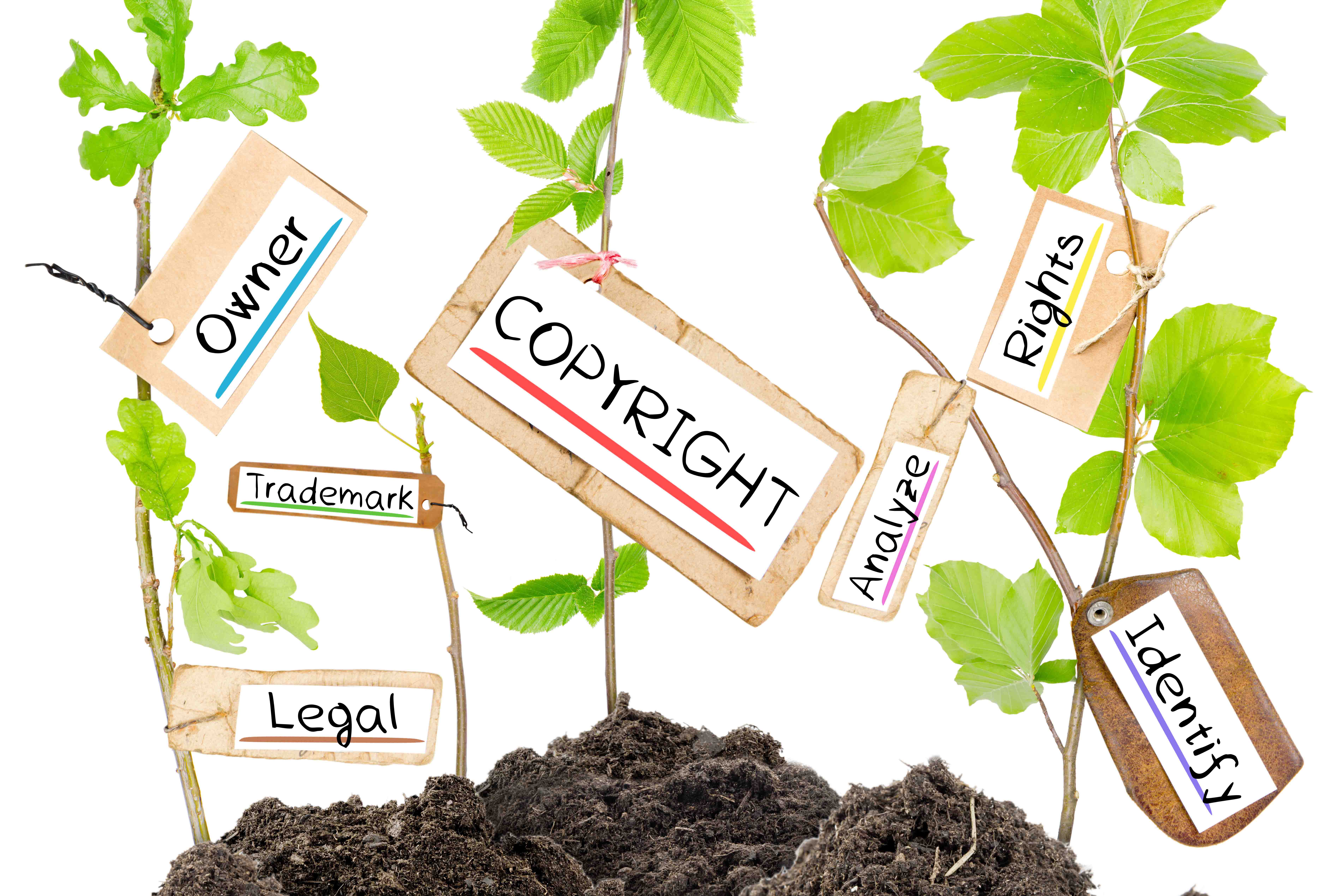How Long Does a Plant Patent Last?
What is a Plant Patent?
Plant patents are granted by the USPTO to an inventor who invents or discovers a new, asexually reproduced plant. So, what does asexually reproduced mean? Asexually reproduced means that the plants to be patented are not reproduced through regular, sexual reproduction. Plants can be asexually reproduced through methods, such as budding and propagation.
No many countries allow the patenting of newly invented or discovered plants, but the U.S does grant inventors of new, asexually produced plants, patents. So, how long does a plant patent last?
How Long Do Plant Patents Last?
According to the USPTO, plant patent lasts for 20 years from the filing date (also known as the priority date) of a plant patent application. If an inventor is successful in obtaining a plant patent, he will be able to stop others from reproducing the plant, selling it, and offering it for sale through the United States. An inventor will also be able to stop others from importing the plant or any parts of the patented plant into the United States.
So, to know how long a plant patent lasts, you have to know the filing date of the plant patent application. Once you have the filing date of the plant patent application, add 20 years to that date and you’ll get the patent term for that patent.
For example, if a plant patent application was filed on January 1, 2000, you should add 20 years to that date to find the patent term for the patented plant. Adding 20 years, you’ll know that the patent is good until January 1, 2020.
Many people make the mistake of believing that a plant patent is good for 20 years from the date the plant patent is granted. Like we previously said, the clock on the patent term begins ticking at the time the plant patent application is filed and not when it is granted.
Requirements to Get a Plant Patent
According to the USPTO, to get a plant patent, an inventor must demonstrate the following:
- The plant was invented or discovered in a cultivates state and was asexually reproduced,
- The inventor who is named in the patent application is the person who actually invented or discovered the claimed plant and asexually reproduced it,
- The plant has not been previously patented, publicly used, put on sale, or otherwise available to the public before the inventor filed his plant patent application,
- The plant to be patented is different in at least one characteristic from known plants,
- The plant to be patented would not have been obvious to a person having ordinary skill in the field of the plant at the time of filing the plant patent application.
How Long Does it Take to Get a Plant Patent?
According to USPTO Patent Data, it takes approximately 24.2 months for the patent office to grant or reject a plant patent application. Applicants for a plant patent should expect their first office action within 16.2 months of filing their plant patent application.
That said, some sources claim that plant patent application move quicker through the patent system because there are significantly fewer plant patent applications filed with the patent office than utility patent application.
To avoid any delays, make sure that your plant patent application is correctly prepared and clearly describes the plant you want to patent. This gives you the best chance of getting a plant patent as quickly as possible.
History of Plant Patents in the United States
The United States began issuing a patent for plants in 1930. According to Nolo, the USPTO issued the first plant patent to Henry Bosenbery for inventing the first ever-blooming rose.
The USPTO does not allow applicants for plant patents to patent plants that are discovered in the wild because they occur naturally in nature. However, plants discovered in a cultivated area (an area that is planted with crops that are cultivated) can be patented.
That said, for an inventor to be able to successfully get a patent, the inventor must have been able to asexually reproduce the plant. So what does asexual reproduction mean? Asexual reproduction means that the applicant was able to reproduce the plant by a means other than seeds, such as cutting or grafting the plant.
Grafting involves taking a portion of one plant and attaching it to a second plant. Asexual reproduction is required by the patent office because it demonstrates that the inventor can reproduce the plant to be patented.
Deadline For Filing a Plant Patent
If you have a new and unique species of plant that you want to patent, you must file your plant patent application within one year of publicly disclosing the plant, offering it for sale, or otherwise disclosing the plant to the public. If more than one year has passed since disclosing the plant, you will not be allowed to get a plant patent.
Example of a Plant Patent
Here is an example of a plant patent that we retrieved directly from the USPTO.


Plant Patent vs Utility Patent
Plant patents offering protection to applicants who have invented new, asexually reproduced plant species, while utility patents protect new inventions, machines, and processes.
Both plant patents and utility patents offering 20 years of protection, starting from the filing date of either a plant patent application or utility patent application.
Plant patents are significantly cheaper to obtain than utility patents, which can cost anywhere from $5,000 to $15,000+, depending on the complexity of the invention being patented. Plant patents cost anywhere between $1,000 and $2,000, making them much cheaper to obtain than utility patents.
That said, although utility patents are much more expensive and harder to obtain than plant patents, utility patents offer broader and stronger protection than plant patents.
If a plant is protected by a utility patent, as opposed to a plant patent, the applicant will be able to restrict others from not only asexually reproducing his plant but also restrict them from sexual reproducing his plant.
According to Nolo, the USPTO has granted utility patents to protect man-made plants or elements of them. An inventor can protect a plant whether it is asexually reproduced or sexually reproduced. For an inventor to be able to obtain a utility patent to protect a new species of plant, the inventor will have to satisfy all of the statutory requirements for utility patents, such as having a patentable subject matter, novelty, utility, and nonobviousness.
Are Inventors Required to Pay Maintenance Fees for a Plant Patent?
No, an inventor does not have to pay maintenance fees for a plant patent. Only utility patent holders are required to pay maintenance fees to the patent office for their patents. Said differently, once your plant patent is approved, you do not have to pay any patent office fees to maintain it.
Do You Need an Attorney to File a Plant Patent Application?
No, inventors are not required to have an attorney to file a plant patent application. However, the USPTO does recommend that you hire an attorney to prepare and file your plant patent application.
In the event that you don’t have the skills to prepare the plant patent application and you don’t have the money to hire a patent attorney, you can hire a patent agent to prepare, file, and prosecute your plant patent application. Patent agents have passed the patent bar exam and are qualified to prepare your application and communicate on your behalf with the patent office.
Plant Patent Term
As we mentioned previously, plant patents last for 20 years from the date an inventor files his patent application with the USPTO. While applicants are not required to hire an attorney to prepare and file their patent application, hiring an attorney could save you some money in the long run. To ensure that the patent office approves your plant patent application, make sure that you file your application within the 1 year grace period offered by the patent office. If you have any general questions or comments, please feel free to leave them in the comments section below.







